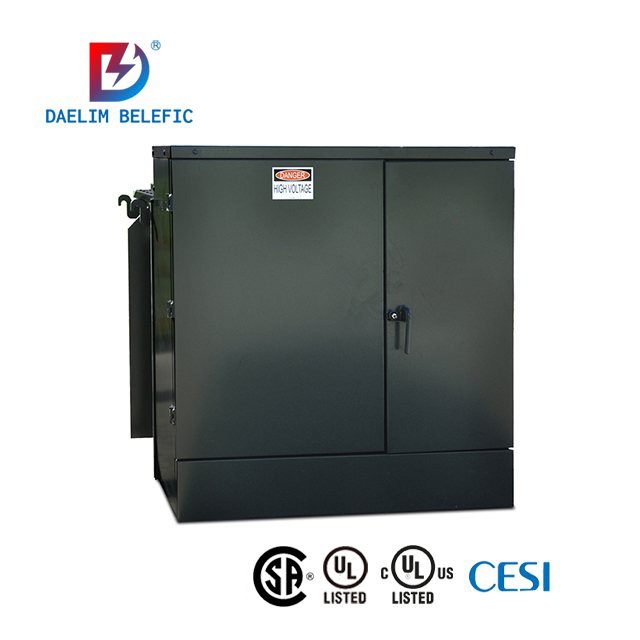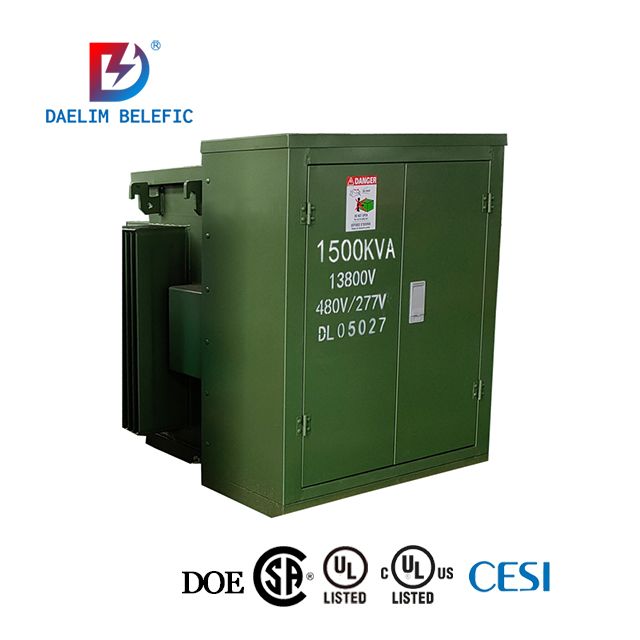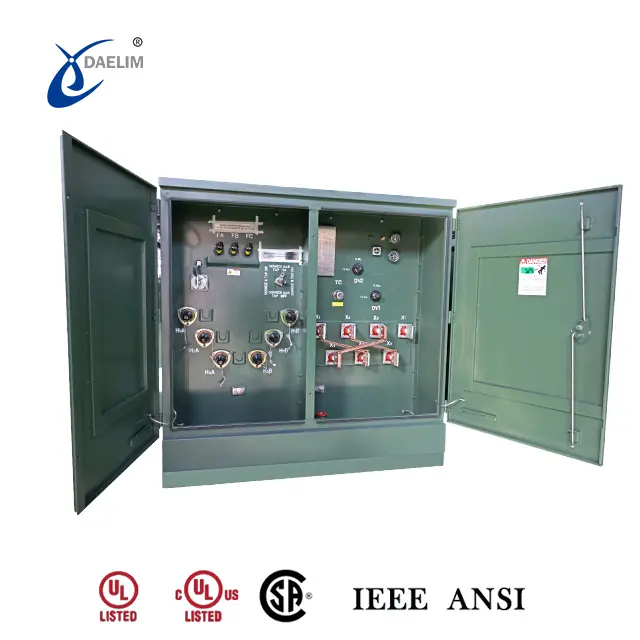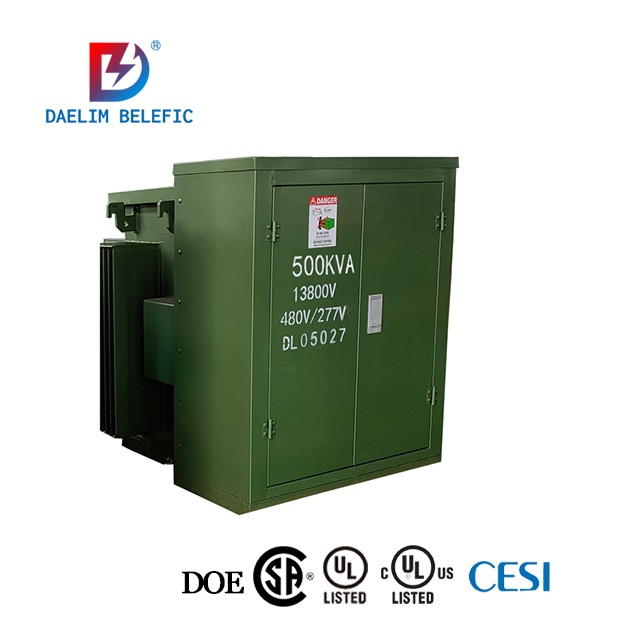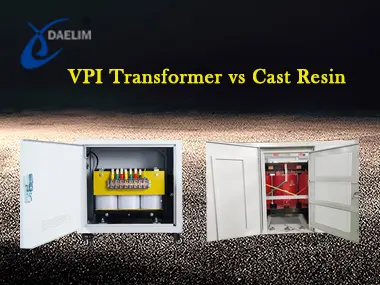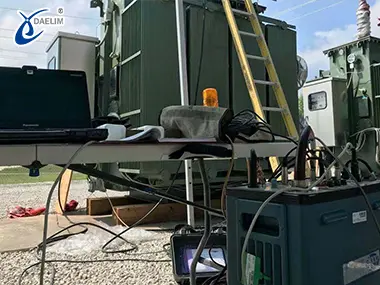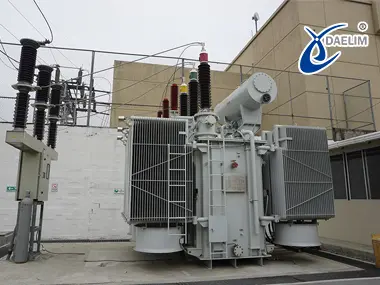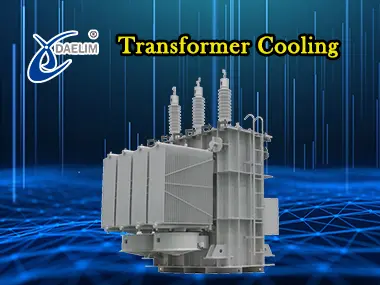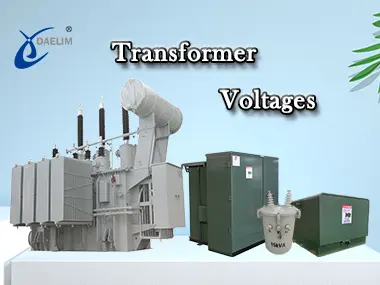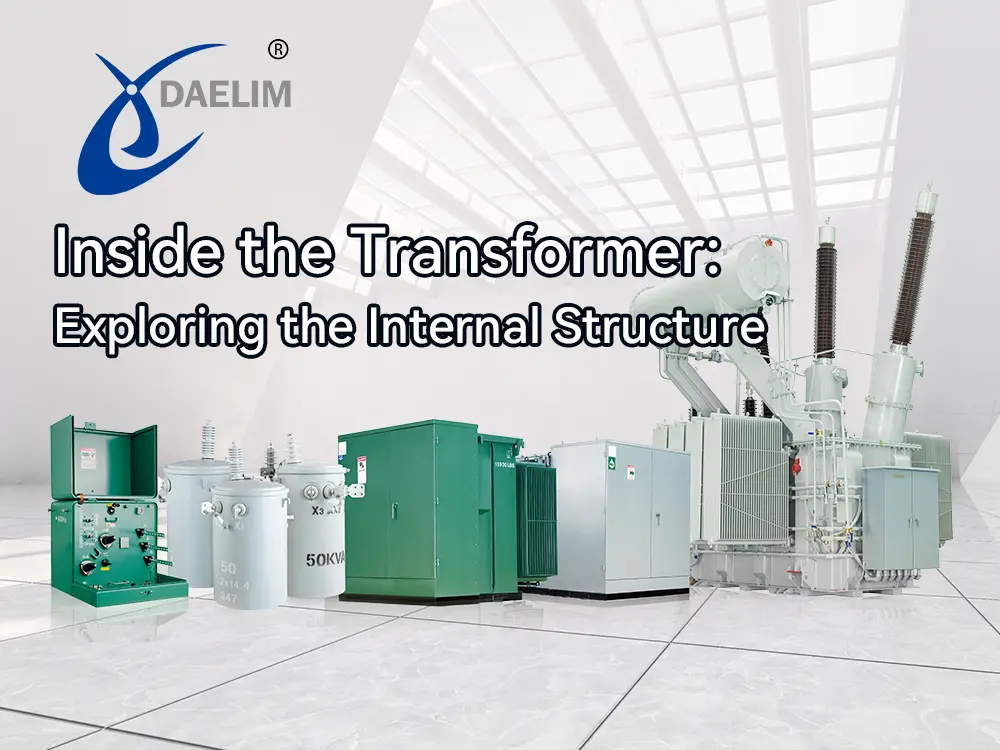Introduction to Auxiliary Transformers
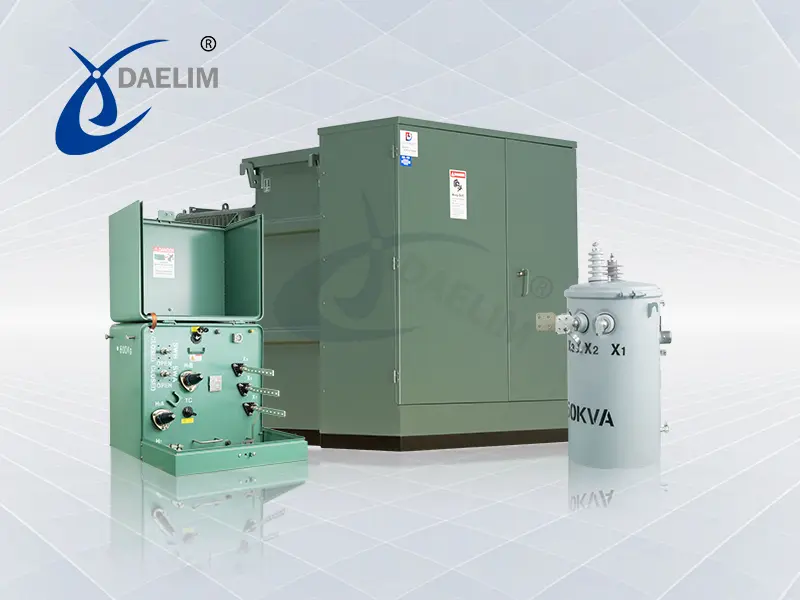
Electrical transformers you see around your home, industry or in power plants are the backbone of our electricity distribution system. These electric transformers are responsible for regulating and delivering electricity to your homes and industry.
There are several different types of transformers depending on their design and use. One of those is an Auxiliary Transformer that, like other types, works to regulate electricity. If this auxiliary transformer term sounds new to you, then guide is for you. We have questions about their design, working, application, and common issues.
Contact Daelim TransformerWhat is an Auxiliary Transformer?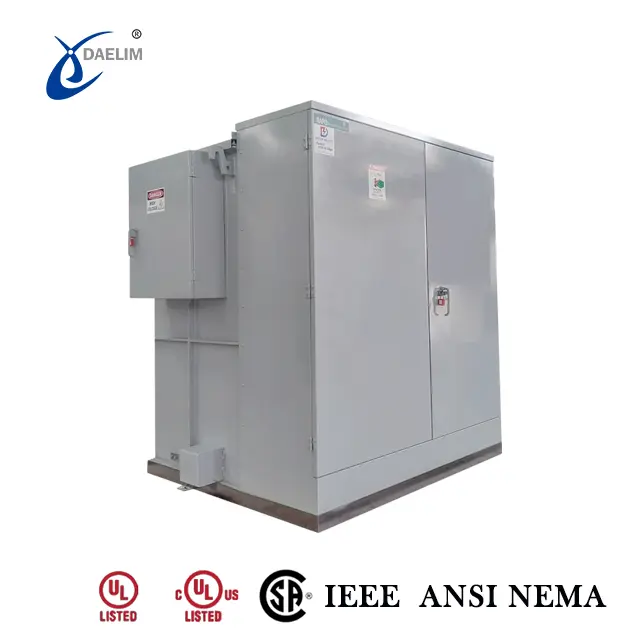
Auxiliary transformers are an important part of our current electricity distribution system. These transformers are designed and developed to supply power to our auxiliary equipment and systems. Unlike power transformers that manage bulk power supply from power plants to distribution centers or distribution transformers that supply electricity to your homes.. Auxiliary transformers work to deliver electricity to dedicated systems like substations, energy storage systems and equipment of power plants itself.
Difference between auxiliary transformers and other transformers you see lies in their design, size, capacity, and the type of equipment they serve. While all other transformers you see are general purpose transformers, auxiliary transformers always work for dedicated purposes. All other transformers are designed to work against a specific load and they do not consider the application of a given load. Auxiliary transformers are designed against specific load keeping in mind the application of that specific load.
Components of Auxiliary Transformer
As all auxiliary transformers are designed to deliver electricity to auxiliary equipment, so almost all of these transformers are step down transformers. Due to this, all their transformer parts are designed to help them step down the electricity.
Transformer Winding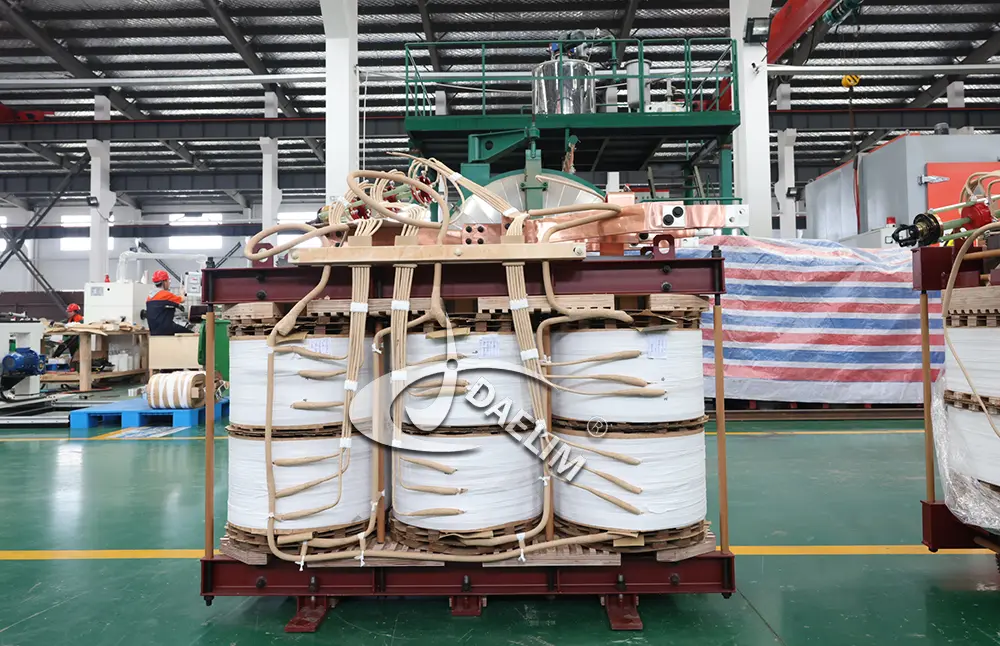
Winding of auxiliary transformers like every step down transformer you see has more turns in its primary section than secondary section. But unlike other general step down transformers, the winding of our auxiliary transformers are specifically designed to be compact.
The auxiliary transformers you see are either provided with delta configuration or star configuration. During the designing stage the compactness of the transformer is kept in mind so their windings are designed to be compact yet powerful enough to meet the specific voltage requirements.
Transformer core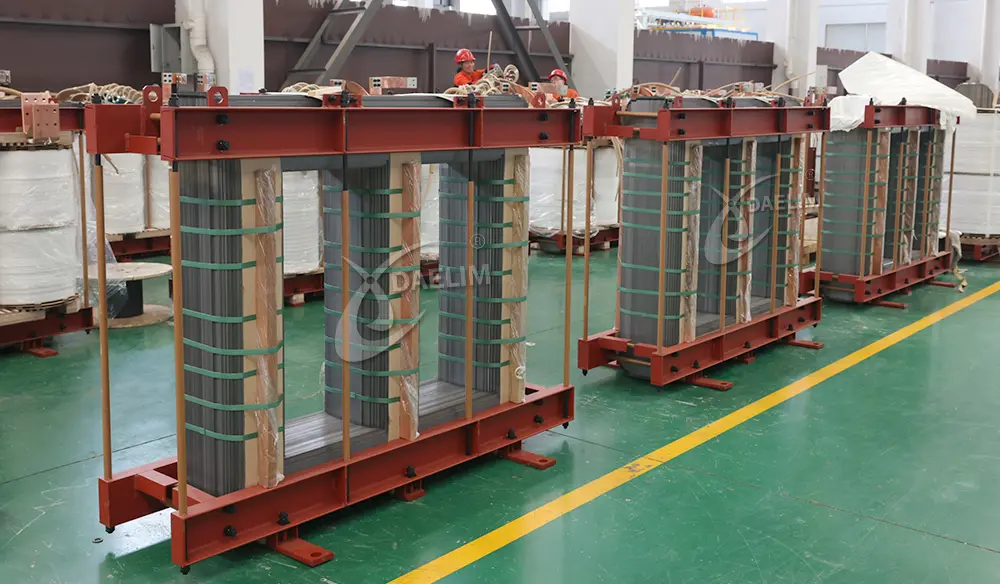
To deliver you a small yet powerful transformer, the core structure of the auxiliary transformer is designed and developed with high grade magnetic materials. This ensures a small yet efficient energy transferring transformer core.
Reading more:The Ultimate Guide To Core Type Transformer
Cooling System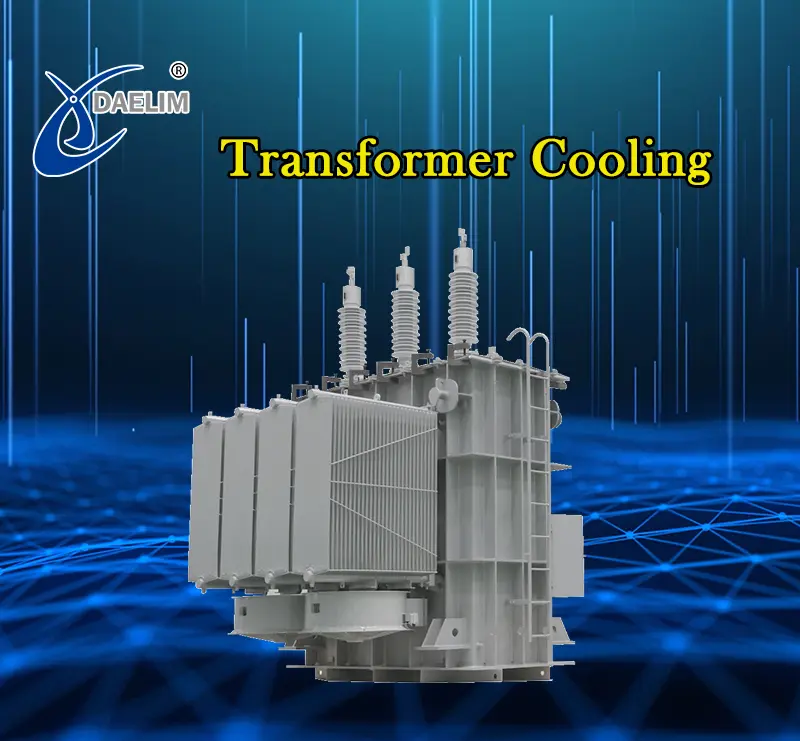
Like every transformer the auxiliary transformer you see also produces a lot of waste heat. Your transformer needs to have an efficient heat removing or can say cooling mechanism depending on the auxiliary transformer rating to dissipate the waste heat produced.
There are different transformer cooling systems and you can have any of them depending on the design and quantity of heat it produces at its core and winding section. Your auxiliary transformer can be either air cooled, oil cooled or have a hybrid system for better heat removal.
Reading on:What is Transformer Cooling and How is it done?
Protective Features
As all auxiliary transformers are designed to work for a single and dedicated application and that is usually sensitive equipment of power station, substation, or energy storage systems. So they need to have several protective features.
Most of the auxiliary transformers you see have an overload protection system. This system not only saves the transformer when it faces a sudden increase in current inflow but also saves the supply system and equipment from failure.
As auxiliary transformers and equipment attached to them are designed to handle a specific current. So when an increase in current inflow is detected, the transformer simply disconnects itself from the supply source. This prevent any failure due to overheating and degradation of winding insulation
These transformers also have a surge arrester that works similar to an overload protection system but it works against sudden increase in voltage. If there is a sudden surge in voltage supply from the power transformer or distribution transformer, then they simply divert it to the ground.
Surge arresters are installed between supply and transformer input. So when there is a surge of voltage due to any reason like lightning strike or surge from power transformer. These surge arresters simply cut off the supply from transformer input and divert it to the ground.
The auxiliary transformers also have all types of monitoring devices that monitor factors like temperature, moisture, and other things. They are also provided with safeguards to protect from any type of external physical damage.
Types of Auxiliary Transformers
There are several different types of auxiliary transformers each designed and developed to meet your custom needs. Each type is further available in several sizes and capacities depending on your requirements.
Oil immersed auxiliary transformer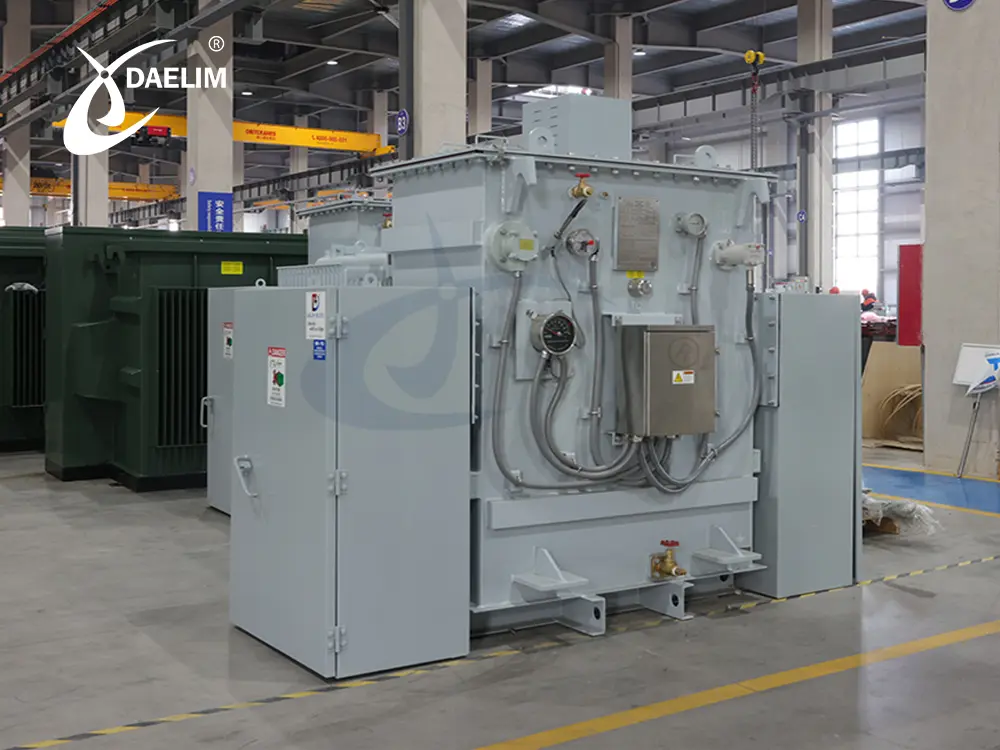
Our oil type auxiliary transformers are designed specially for European countries where regulation required enhanced cooling systems. These auxiliary transformers are featured by a big tank filled with oil and contains the transformer winding and core.
You can have an oil type transformer with oil natural air natural, oil natural air forced, oil forced air forced, or oil forced heat exchanger type cooling system. Each system has its own limitations and is only used for limited applications.
The oil type auxiliary transformers are usually installed in outdoor environments or are used in applications where heat produced by winding needs an oil based cooling mechanism. This application induces power plants, substations, renewable energy, and heavy industrial machinery.
Dry type auxiliary transformer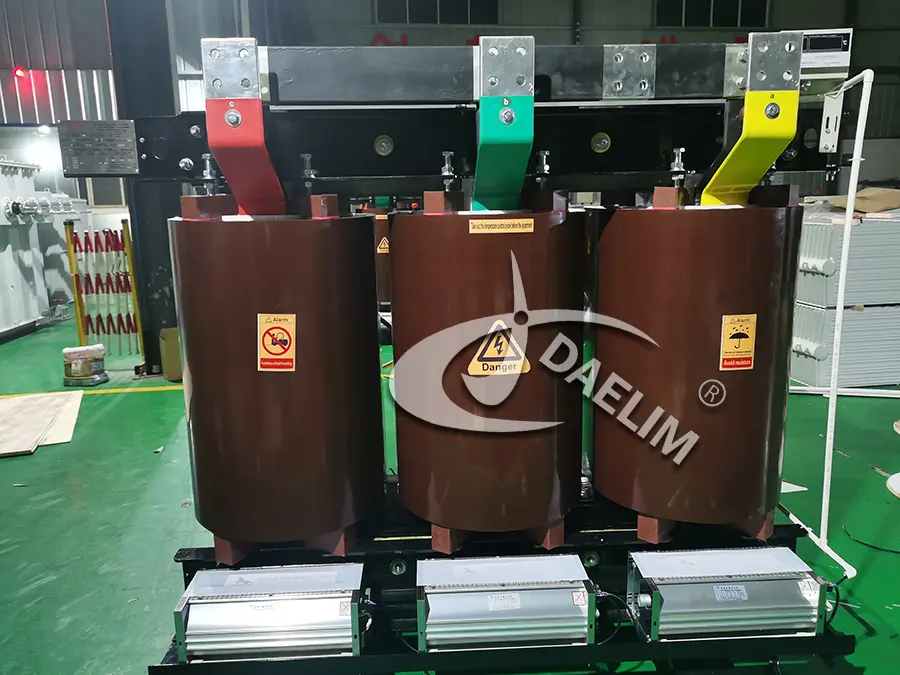
Dry type auxiliary transformers are designed and developed for applications where you have limited space. These applications include several types of indoor activities like our commercial building with dedicated HVAC system, hospitals, data centers, crypto mining centers, super computers powering AI models, and all types of tech related industries.
The winding and core assembly of these dry type transformers is covered with cured resin and they do not need oil for cooling purposes. This makes them small and compact but still highly efficient and reliable. They also have either natural or forced air based cooling systems.
Stationary Auxiliary Transformer
Stationary auxiliary transformers are not a special type of transformer rather application based or installation based category of transformer. You can expect both oil type and dry type transformer to be a stationary auxiliary transformer. These stationary transformers are very high in demand in the USA where they are used in small substations.
These stationary auxiliary transformers are usually small size transformers and are either pad mounted transformers or pole mounted transformers. These are extremely reliable and have a long useful life.
Portable Auxiliary Transformers
As auxiliary transformers are designed to power auxiliary equipment so there must be a portable option available for this transformer. The portable transformers are designed in a manner that they can be transported and used as a temporary or a mobile power solution. Most of these transformers are dry type transformers as they offer small and compact design, light weight, less maintenance and easy to move around.
Most applications of portable auxiliary transformers include providing power in emergency situations in disaster recovery scenarios. They are also widely used in remote construction sites, mining operations or in large outdoor events.
| Comparison Table | |||
| Type | Key Features | Applications | Advantages |
| Dry Type | No oil, compact, minimal maintenance | Indoor setups with fire safety needs | Eco friendly, fire resistant |
| Oil Immersed | Oil-cooled, robust design | Outdoor and industrial environments | High cooling capacity, durable |
| Portable | Mobile, temporary solutions | Emergency or temporary setups | Easy transport, rapid deployment |
| Stationary | Fixed installation, large capacity | Permanent setups in plants, utilities, and substations | High reliability, handles heavy loads |
Applications of Auxiliary Transformers
You can use an auxiliary transformer in hundreds if not thousands of applications and they can provide an efficient and stable output in a variety of situations. There are the three major applications of auxiliary transformers and they are as follows.
Power Plants
Power plants have power transformers that take the electricity produced by the power plant and forward it to distribution centers. The power plant also has other machinery and equipment that needs electricity to run. The electricity coming from the power transformer is not safe enough for use.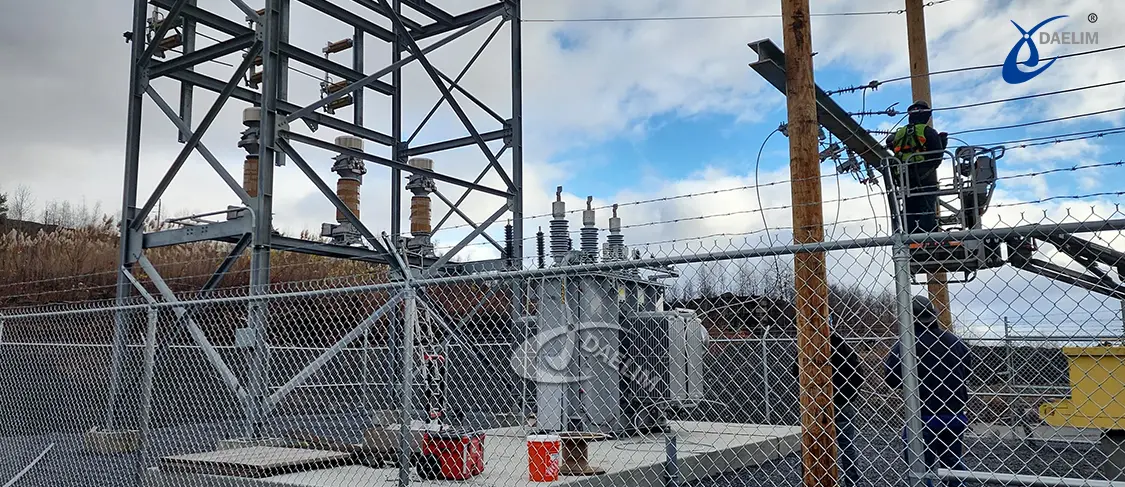
This is where the auxiliary transformer came into play. If you have question that what is unit auxiliary transformer in power plant, then function of auxiliary transformer is to step down the electricity to the level that it can be safely used by power plant equipment and the plant can be run smoothly. In power plants, an auxiliary transformer is used to power cooling pumps that circulate water and other fluids to cool down turbines, generators and other equipment that generate a lot of waste heat.
It also helps to run the control system and instrumentation system that is used to monitor, control, and operate the power plant. Auxiliary transformers also work as a backup system for emergency lightning.
Reading more:What Transformers Are Using In power plant?
Industrial Setting
Auxiliary transformers can be utilized in any of your industry for providing quality uninterrupted power to some main units or all auxiliary units. Main use of auxiliary transformers in industrial settings is to be a backup transformer or a transformer of the backup system that is capable enough to provide steady flow of electricity when the main system fails.
Auxiliary transformers are vital for maintaining the efficiency and productivity of industrial operations. They are important especially in facilities with complex and high power demands. There they are also used in powering and supporting lighting and HVAC systems in factories ensuring worker safety and comfort.
Renewable Energy Systems
Auxiliary transformers are very extensively used in renewable energy solutions where they are used to power all type supporting machinery and equipment. All those machines and equipment that help renewable energy sources like solar panels, wind turbines, and energy storage systems to generate and store energy are powered by auxiliary transformers.
In your solar power plants the auxiliary transformer is used to provide power for your solar tracking system to adjust the angle of your solar panels according to the sun's movement. The power going to the monitoring system and inverters is also provided by the transformer.
In wind turbines, the angle of the blades and the position of the top section is continuously changed to enable them to capture more power from wind and to keep turbine blades in the direction of coming wind respectively. Both of these tasks are completed with the help of electric motors that take their power from auxiliary transformers.
As some renewable energy resources need to store electricity in their peak production hours and then use that energy in off peak hours. So auxiliary transformers are used in their energy storage system. Those transformers are designed to take a wide range of electricity input and deliver a steady output to the storage system.
Learn more:The Crucial Role of Transformers in the Renewable Energy Era
Our Success With Auxiliary Transformer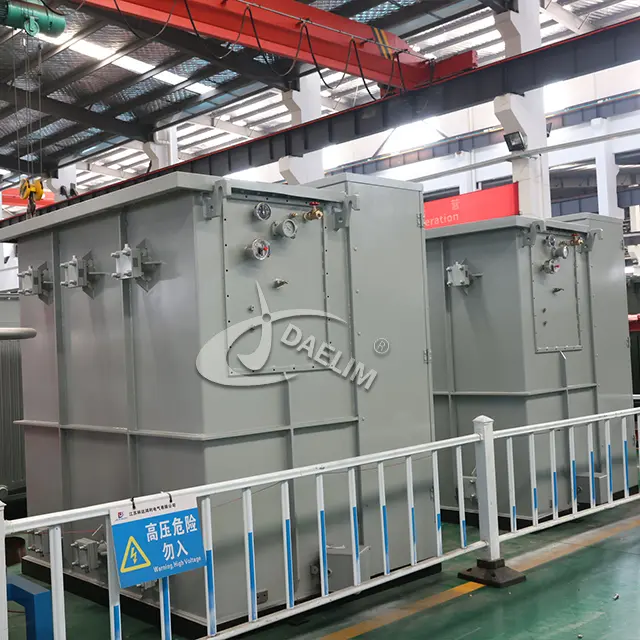
Daelim is the world leading manufacturer and supplier of electrical transformers of all types. We are fully capable of designing and developing auxiliary transformers of any type, size, capacity and power rating.
Conclusion
Auxiliary transformers are dedicated transformers and unlike general purpose power and distribution transformers they are designed and developed to meet specific requirements of power plants, renewable energy, electricity storage systems, and substations. They are available in dry and oil type and as well as in stationary and portable configuration.
Follow Up
Auxiliary transformers are a crucial part of our conventional and renewable power plant. Each auxiliary transformer needs careful design and development and at Daelim we design, manufacture, install and maintain auxiliary transformers. We offer auxiliary transformers of all types, sizes, capacity, and power rating that can satisfy all international, national, and regional standards. Our products can satisfy any standard including not limited to
Related Products
Related Article
VPI Transformer vs Cast Resin
VPI and Cast Resin transformers are both dry-type transformers with distinct characteristics. VPI transformers use vacuum pressure to impregnate resin for enhanced insulation and moisture resistance, making them ideal for moderate environments and industrial applications. Cast Resin transformers, with solid epoxy resin construction, offer superior durability and fire resistance, suited for harsh environments like marine and mining. VPI transformers are cost-effective, while Cast Resin models have higher upfront costs but longer-term reliability.
How To Check Transformer Primary And Secondary?
Transformers are essential for regulating electricity in homes and industries. Proper inspection of transformer windings—primary and secondary—is crucial for ensuring safety and performance. Tools like multimeters and insulation testers help detect issues such as open circuits, short circuits, and insulation breakdowns. Regular maintenance prevents catastrophic failures, enhances safety, and extends transformer life, ensuring reliable operation across global installations.
How Long Does It Take To Replace A Transformer
Replacing a transformer involves several steps, including inspection, equipment transportation, removal of the old transformer, and installation of the new one. Smaller transformers can be replaced in a few hours, while larger industrial or utility transformers may take days or even weeks. Factors such as transformer type, site conditions, weather, and availability of parts can influence replacement time. Proper planning ensures efficiency.
What is Transformer Cooling and How is it done?
Transformer cooling is essential for managing waste heat generated during electricity regulation. There are several cooling methods, including natural air, forced air, oil-based systems, and combinations of oil and water cooling. The choice of method depends on transformer type, capacity, environmental conditions, and budget. Effective cooling ensures transformer safety, performance, and reliability. Daelim offers high-quality cooling systems for various transformer specifications globally.
The Ultimate Guide to Transformer Voltages
Transformers are essential for regulating voltage in power systems, ensuring safe and efficient electricity distribution. They come in various voltage ranges, including low, medium, high, and extra-high voltage for different applications, from residential use to heavy industrial operations. Understanding transformer voltages—such as 240V, 480V, 600V, and renewable energy-specific voltages like 600V and 800V—is crucial for optimizing performance and preventing equipment damage in sectors like manufacturing and energy.
Inside the Transformer: Exploring the Internal Structure
Transformers are complex devices with a core, windings, and cooling systems that regulate electricity efficiently. Their internal structure varies by type, such as oil-filled or dry transformers, featuring specific winding styles (e.g., helical, disc) and cooling mechanisms (e.g., oil-forced, air-natural). Design depends on power ratings, voltage, and application, ensuring optimal performance in power generation and distribution.

